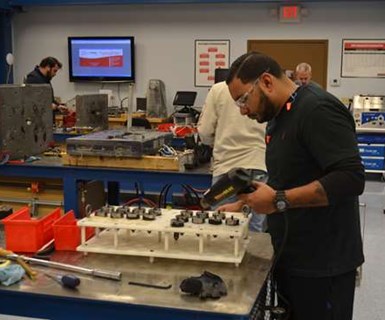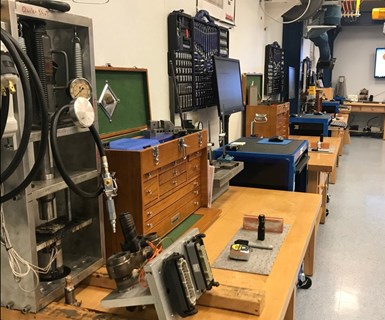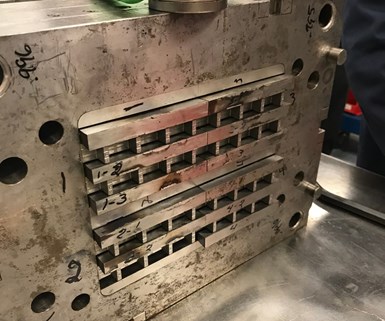Maximize and Maintain Your Moldmaking Equipment
Due to coronavirus and its effect on supply chains, many mold manufacturers will be faced with some tough business decisions. Which is why proper mold maintenance and care is key. If you’re stuck working with what you have, you need to make sure what you have works.
In the wake of the coronavirus situation, many mold manufacturers will be faced with some tough business decisions. With COVID-19’s effect on supply chains, shops might not have immediate access to tools or equipment they need. Or due to financing, a shop might not be able to buy new equipment for awhile.
Which brings us to proper mold maintenance and care. If you’re stuck working with what you have, you need to make sure what you have works. Good thing this is a topic that MoldMaking Technology has covered plenty in the past. Check out the articles below to find out how your shop can take care of not just its molds, but the equipment used to maintain them.
Maintaining Mold Components

Proper mold-component maintenance depends on a toolroom’s ability to recognize when and how a specific component needs attention. Every mold ever built, or that ever will be built, has a weakness. The design, build or production process can cause this weakness, which results in mold function or part quality issues if the toolroom leaves a mold unattended for a specific amount of run cycles. It is the tool shop’s responsibility to have procedures in place to recognize the cycle count at which a certain component requires specific attention. If a toolroom understands a mold’s performance characteristics and the conditions that wear out certain mold components, it can prevent these problems and greatly reduce breakdowns and quality issues.
Hands-on Workshop Teaches Mold Maintenance Process

Let’s face it, every other aspect of plastics manufacturing has a process that employees must follow from scientific modeling to design guide checklists to simulations, but maintenance is an afterthought most of the time. This attitude makes this mold-maintenance training program a culture shock to many attendees who range from mold repair technicians to processing engineers.
Whether you want to work on molds, manage molds or design molds, you need to understand how these systems work and what is necessary to take them apart to clean them up. Proper mold maintenance is not difficult, but it is an exercise in patience, professionalism, accountability and discipline to do the right thing without someone looking over your shoulder.
Mold Maintenance Refresher

Mold maintenance requires getting your hands a little dirty, and that’s also a requirement if you truly want to benefit from mold maintenance training. According to MoldTrax, mold maintenance consists of eight stages of systemized repair: PM preparation, disassembly, troubleshoot, correction action, clean, assembly, final check, and stage/rack. Each of these stages can be broken down into ten vital steps.
Read Next
Are You a Moldmaker Considering 3D Printing? Consider the 3D Printing Workshop at NPE2024
Presentations will cover 3D printing for mold tooling, material innovation, product development, bridge production and full-scale, high-volume additive manufacturing.
Read MoreHow to Use Continuing Education to Remain Competitive in Moldmaking
Continued training helps moldmakers make tooling decisions and properly use the latest cutting tool to efficiently machine high-quality molds.
Read MoreHow to Use Strategic Planning Tools, Data to Manage the Human Side of Business
Q&A with Marion Wells, MMT EAB member and founder of Human Asset Management.
Read More








_300x250 4.png;maxWidth=300;quality=90)













.jpg;maxWidth=970;quality=90)